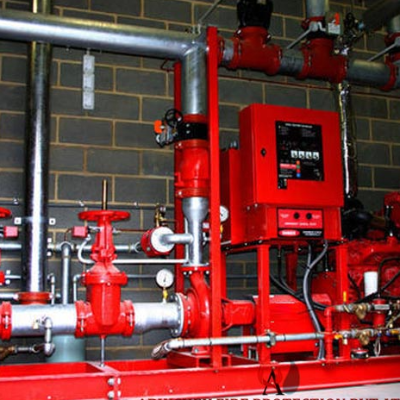
GTM Fire is your premier fire hydrant system installation company in India. We specialize in providing top-notch fire hydrant systems for construction sites, ensuring the safety and security of your valuable projects. With our extensive expertise and dedication to excellence, we offer a comprehensive range of services tailored to meet your specific needs.
Our Construction Site Fire Hydrant Systems are designed to offer reliable and efficient fire protection for your construction sites. We understand the importance of safeguarding your site and personnel, which is why our systems are built to the highest industry standards. From the initial design and planning stages to the final installation, our team of skilled professionals ensures seamless integration and optimal performance.
At GTM Fire, we take pride in our Construction Site Fire Hydrant System Installation services. Our experienced technicians work closely with you to assess your site requirements and design a customized solution that meets all safety regulations. We utilize state-of-the-art equipment and cutting-edge technology to ensure precise installation, guaranteeing the highest level of fire protection for your construction site.
When it comes to Fire Hydrant Systems in Construction Sites, our expertise is unparalleled. We offer a comprehensive range of fire hydrant products, including hydrant valves, nozzles, hoses, and more. Our systems are engineered to deliver quick and effective response in case of emergencies, minimizing the risk of extensive damage and ensuring the safety of your construction site and personnel.
In addition to installation, we also provide Fire Hydrant System Maintenance Services for Construction Sites. Our team of highly skilled technicians conducts routine inspections, testing, and maintenance to ensure that your fire hydrant system is always in optimal working condition. We offer Annual Maintenance Contracts (AMCs) tailored to your specific requirements, providing you with peace of mind and reassurance that your fire protection system is well-maintained.
At GTM Fire, we are committed to delivering exceptional service and exceeding your expectations. With our unwavering dedication to quality and customer satisfaction, we have established ourselves as a trusted name in the industry. When you choose us, you can rest assured that you are in the hands of professionals who prioritize your safety and the success of your construction projects.
Contact GTM Fire today and let us provide you with reliable Fire Hydrant Systems for Construction Sites. Experience the peace of mind that comes with knowing your construction site is protected by the best in the business. Trust GTM Fire for all your fire hydrant system needs in India.
To install a fire hydrant system for a construction site, follow these general steps:
1. Design and planning: Begin by assessing the site's specific requirements and consulting with a professional engineer or fire protection specialist. They will help design a system that meets local fire codes and standards.
2. Obtain necessary permits: Contact the local fire department or relevant authorities to obtain the required permits for installing the fire hydrant system. Comply with any regulations or guidelines they provide.
3. Locate water source: Identify a suitable water source for the fire hydrant system. This could be a municipal water supply, private well, or storage tank. Ensure the water source is sufficient to meet the system's demand.
4. Excavation: Excavate a trench for laying the underground pipes that will connect the hydrants. The trench should be of appropriate depth and width to accommodate the pipes and any required insulation or backfill.
5. Pipe installation: Lay and connect the pipes according to the designed layout. Use approved materials that are compatible with fire protection systems. Ensure proper joint connections and consider adding valves for system control.
6. Hydrant installation: Install fire hydrants at designated locations along the pipe network. Follow manufacturer guidelines and local regulations for proper placement and spacing. Ensure that hydrants are easily accessible and visible.
7. Backfill and compaction: Once the pipes and hydrants are in place, backfill the trench carefully, ensuring proper compaction to prevent settling or damage to the system. Consider using suitable bedding materials as per local guidelines.
8. Pressure testing: Conduct pressure tests to ensure the integrity of the system. This typically involves pressurizing the lines to a specified level and checking for leaks or other issues. Make any necessary adjustments or repairs.
9. Connection to water source: Connect the fire hydrant system to the chosen water source. This may involve installing a control valve, check valve, and a backflow prevention device to protect the water supply.
10. Final inspection and approval: Schedule a final inspection with the local fire department or relevant authorities to verify that the fire hydrant system meets the required standards. Once approved, obtain the necessary documentation.
Remember, it's crucial to consult with professionals who are experienced in fire protection systems and follow local fire codes and regulations throughout the installation process.
When installing a fire hydrant system for a construction site, several accessories are typically required to ensure the system functions properly and meets safety standards. Here are some common accessories:
1. Fire hydrant: The main component of the system, the fire hydrant itself is a crucial accessory. It includes the hydrant body, nozzle, operating mechanism, and other components necessary for water supply during fire emergencies.
2. Hydrant wrench: This specialized tool is used to open and close the hydrant valve. It ensures easy operation and helps maintain proper water flow control.
3. Hydrant markers: These are visible markers placed aboveground near the hydrants to make them easily locatable during emergencies. Reflective materials or signage can be used to enhance visibility.
4. Hydrant caps and chains: These accessories are used to protect the hydrant outlets from debris, dirt, and unauthorized use. Caps are placed over the outlets, and chains securely attach them to the hydrant body.
5. Hydrant hose adapters: These fittings allow for connection between the fire hose and the hydrant outlet. They come in different sizes and configurations to match the hose and hydrant connections.
6. Fire hoses: High-quality fire hoses are essential for the system. They should be durable, flexible, and capable of withstanding high water pressure. The hoses should conform to relevant standards and be of appropriate length for the site.
7. Hose racks or cabinets: These are storage units where fire hoses are kept when not in use. They help protect the hoses from damage and allow for quick access during emergencies.
8. Pressure gauges: Pressure gauges are installed on the hydrant system to monitor water pressure. They provide a visual indication of the system's pressure level and help ensure it remains within the desired range.
9. Fire department connections (FDC): FDCs provide a designated connection point for fire department personnel to connect their hoses or pumper trucks to the hydrant system. They typically include a check valve and may have additional features based on local requirements.
10. Backflow prevention devices: These devices prevent the reverse flow of water from the fire hydrant system into the main water supply, protecting it from contamination. They are essential for maintaining water quality and complying with regulations.
11. Locking devices: Locks or tamper-resistant devices may be used to secure the hydrant system and prevent unauthorized use or tampering.
Remember, specific accessory requirements may vary depending on local fire codes, regulations, and the unique needs of the construction site. It is important to consult with fire protection professionals and adhere to local guidelines when selecting and installing accessories for the fire hydrant system.
Fire hydrant systems offer several benefits for construction sites in terms of fire safety and emergency response. Here are some key advantages:
1. Fire suppression capabilities: Fire hydrants provide a readily available water supply for firefighting efforts. In the event of a fire, having a properly installed and functioning hydrant system allows for a quick response, increasing the chances of suppressing the fire before it spreads and causes significant damage.
2. Improved safety: Construction sites often involve various fire hazards, such as flammable materials, equipment, and temporary structures. Fire hydrant systems help mitigate these risks by providing a reliable means of fire control, protecting workers, assets, and neighboring properties.
3. Compliance with regulations: Many jurisdictions have strict fire safety codes and regulations that require construction sites to have fire protection measures in place, including fire hydrants. By installing a fire hydrant system, construction sites can ensure compliance with these regulations and avoid potential penalties or delays in project completion.
4. Enhanced emergency response: Fire hydrants serve as designated connection points for fire department personnel to access water quickly and efficiently. Having fire hydrants on site reduces response time and enables firefighters to establish a water supply for firefighting operations promptly.
5. Flexibility and adaptability: Fire hydrant systems can be designed to meet the specific needs of the construction site. They can be installed in various locations throughout the site, providing flexibility in accessing water supply points based on the evolving nature of the construction project.
6. Scalability: Construction sites often undergo changes in size and layout as the project progresses. Fire hydrant systems can be expanded or modified to accommodate these changes, ensuring that the fire protection measures remain effective throughout different project stages.
7. Visual deterrence: Fire hydrants are highly visible and serve as a visual reminder of fire safety on the construction site. They can act as a deterrent against reckless behavior and encourage a safety-conscious atmosphere among workers.
8. Insurance requirements: Insurance companies may require construction sites to have adequate fire protection measures in place, including fire hydrant systems. Installing and maintaining fire hydrants can help meet these requirements, potentially reducing insurance premiums and ensuring coverage in case of fire-related incidents.
It's important to consult with fire protection professionals and adhere to local fire codes and regulations when designing and installing fire hydrant systems for construction sites, as requirements may vary depending on the jurisdiction.
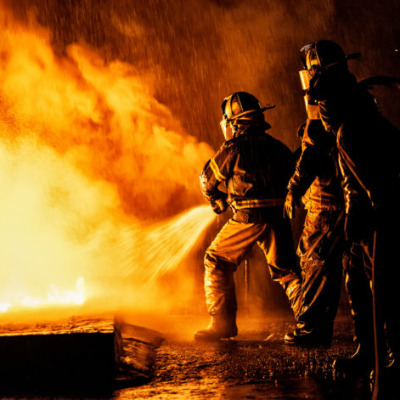 Fire Fighting Equipments
Fire Fighting Equipments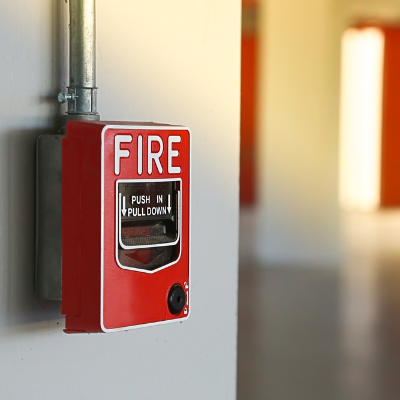 Fire Alarm
Fire Alarm Fire Hydrant System
Fire Hydrant System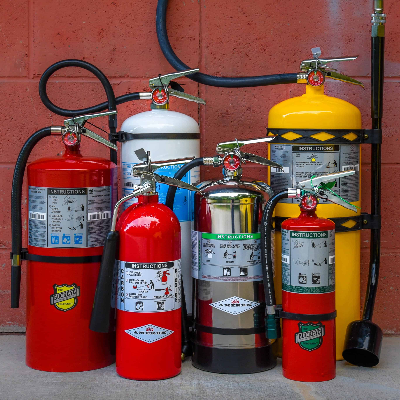 Fire Extinguisher
Fire Extinguisher Fire Detection System
Fire Detection System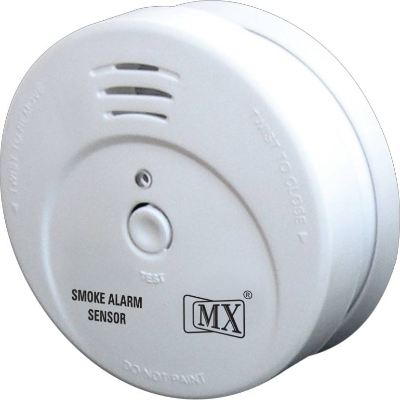 Fire Detector
Fire Detector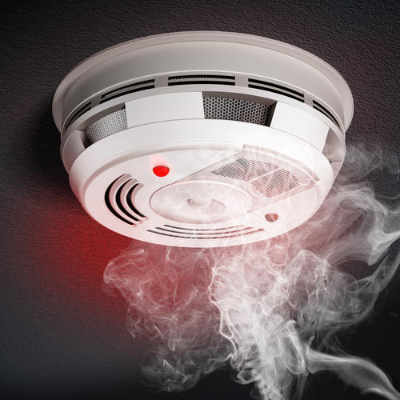 Smoke Detector
Smoke Detector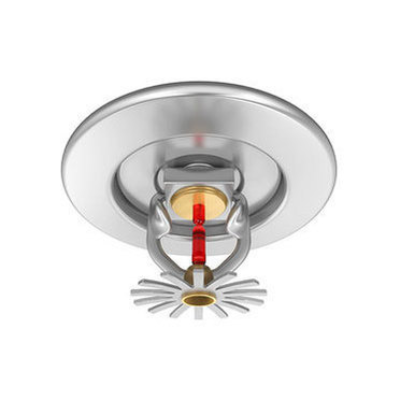 Fire sprinkler
Fire sprinkler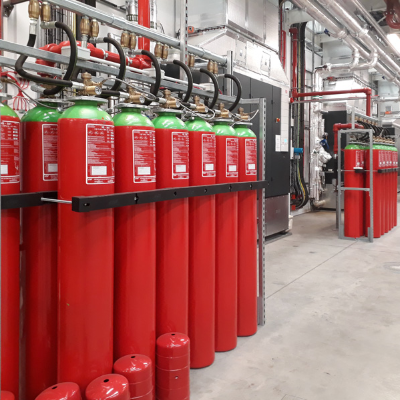 Fire Suppression
Fire Suppression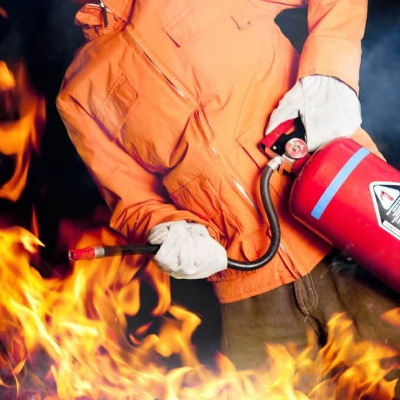 Fire Safety
Fire Safety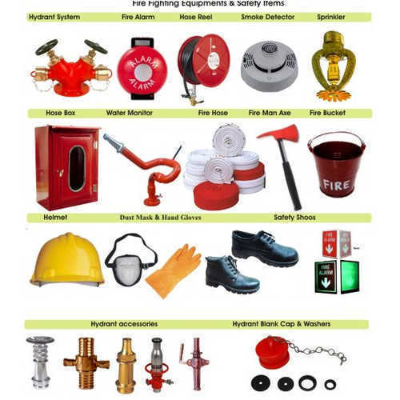 Fire Protection Equipments
Fire Protection Equipments Fire Door
Fire Door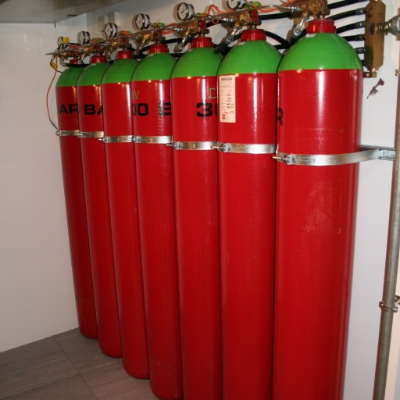 Gas Suppression System
Gas Suppression System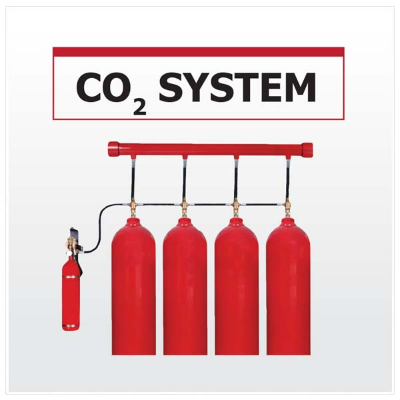 Co2 Fire Suppression System
Co2 Fire Suppression System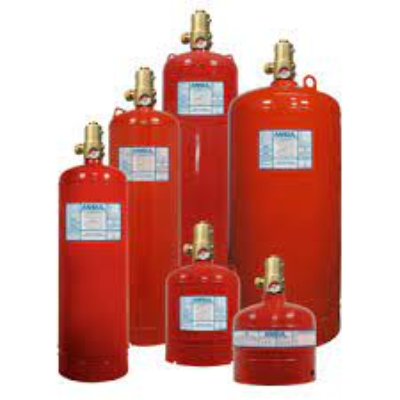 FM 200 Fire Suppression System
FM 200 Fire Suppression System Fire Hydrant System for Building
Fire Hydrant System for Building Fire Hydrant System for Hospital
Fire Hydrant System for Hospital Fire Hydrant System for Offices
Fire Hydrant System for Offices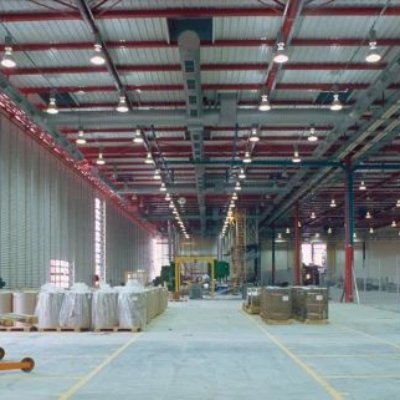 Fire Hydrant System for Warehouse
Fire Hydrant System for Warehouse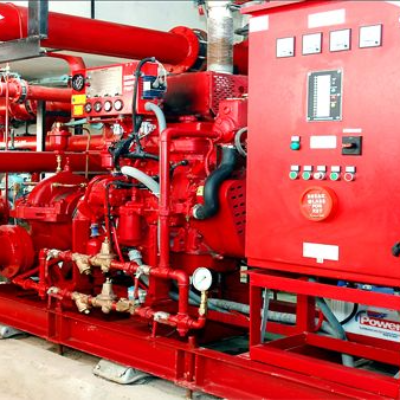 Fire Hydrant System for Factory
Fire Hydrant System for Factory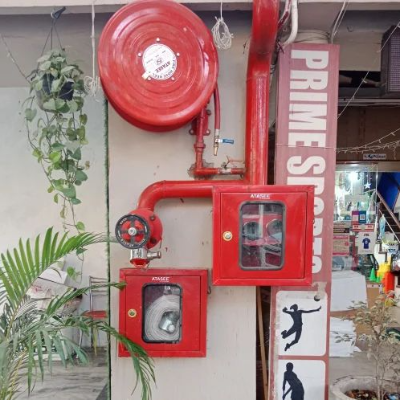 Fire Hydrant System for School
Fire Hydrant System for School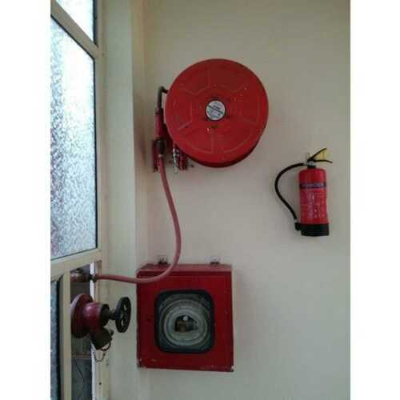 Fire Hydrant System for Hotels
Fire Hydrant System for Hotels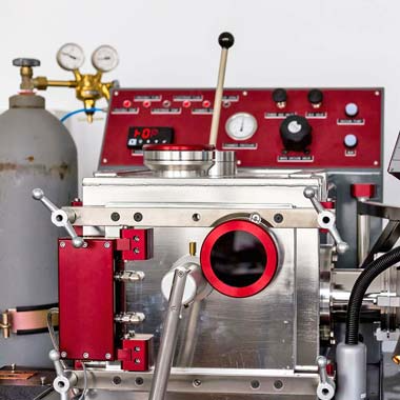 Fire Hydrant System for Laboratory
Fire Hydrant System for Laboratory Fire Hydrant System for Malls
Fire Hydrant System for Malls Fire Hydrant System for Theatres
Fire Hydrant System for Theatres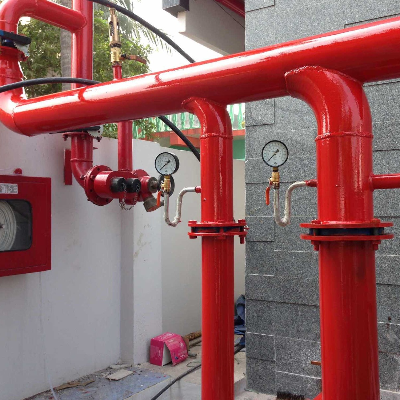 Fire Hydrant System for Housing Society
Fire Hydrant System for Housing Society Fire Hydrant System for Transformer
Fire Hydrant System for Transformer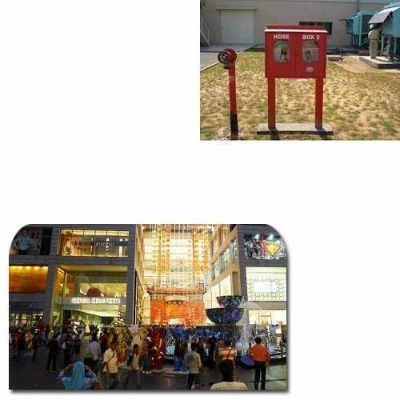 Fire Hydrant System for Shopping Complex
Fire Hydrant System for Shopping Complex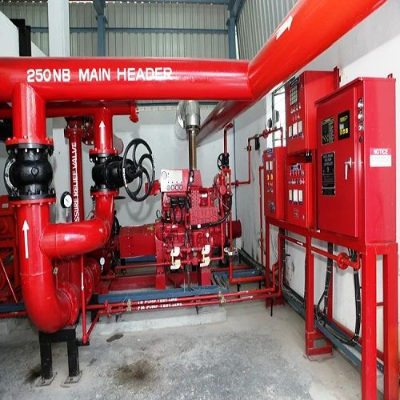 Fire Hydrant System for Industries
Fire Hydrant System for Industries Fire Sprinkler System for Buildings
Fire Sprinkler System for Buildings Fire Sprinkler System for Retail Store
Fire Sprinkler System for Retail Store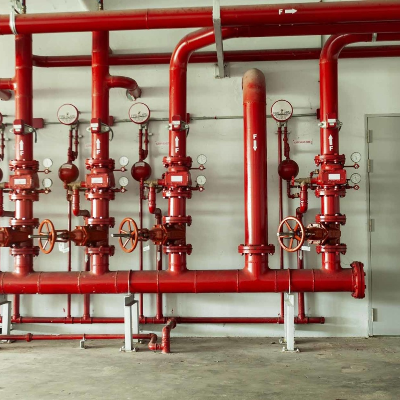 Fire Sprinkler System for Shopping Complex
Fire Sprinkler System for Shopping Complex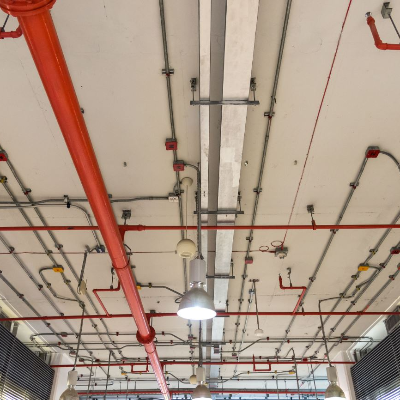 Fire Sprinkler System for Electrical Room
Fire Sprinkler System for Electrical Room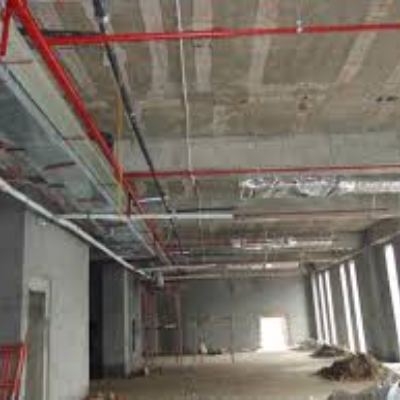 Fire Sprinkler System for Basement
Fire Sprinkler System for Basement Fire Sprinkler System for Theaters
Fire Sprinkler System for Theaters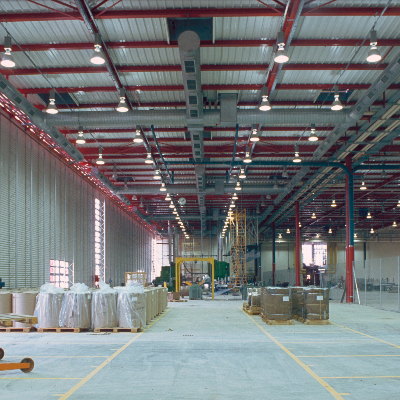 Fire Sprinkler System for Garage
Fire Sprinkler System for Garage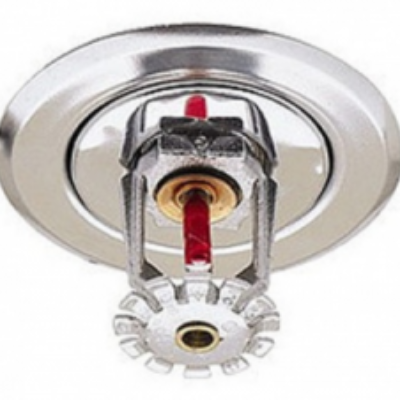 Fire Sprinkler System for Home
Fire Sprinkler System for Home Fire Sprinkler System for Restaurant
Fire Sprinkler System for Restaurant Fire Sprinkler System for Malls
Fire Sprinkler System for Malls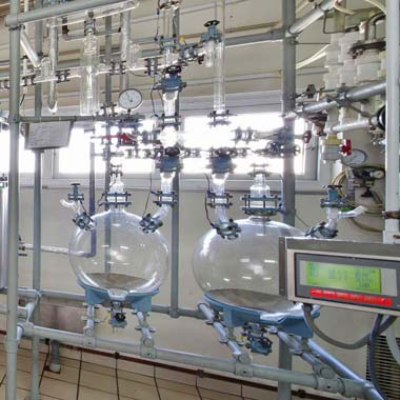 Fire Sprinkler System for Laboratories
Fire Sprinkler System for Laboratories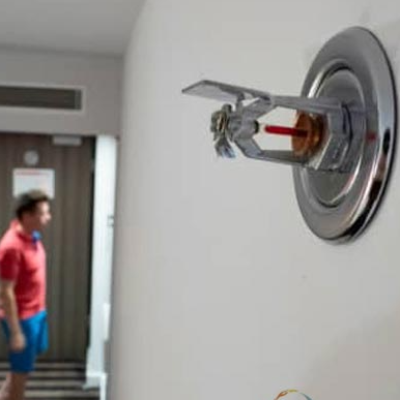 Fire Sprinkler System for Hotels
Fire Sprinkler System for Hotels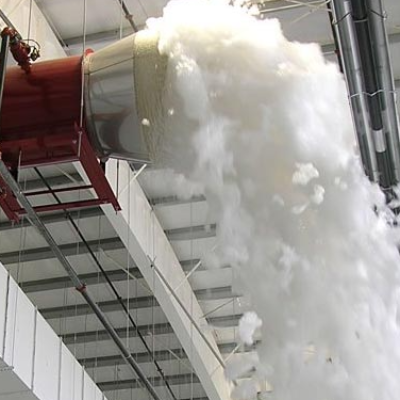 Fire Sprinkler System for Factories
Fire Sprinkler System for Factories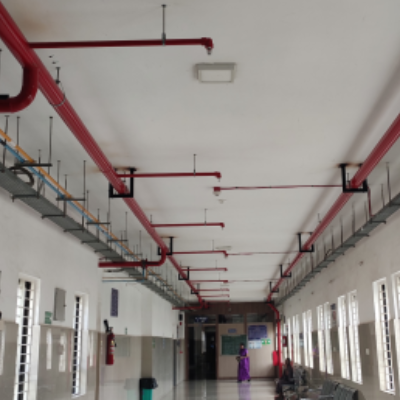 Fire Sprinkler System for Hospital
Fire Sprinkler System for Hospital Fire Sprinkler System for Warehouse
Fire Sprinkler System for Warehouse Fire Sprinkler System for Office
Fire Sprinkler System for Office Fire Alarm System for Factory
Fire Alarm System for Factory Fire Alarm System for Office
Fire Alarm System for Office Fire Alarm System for Warehouse
Fire Alarm System for Warehouse Fire Alarm System for Home
Fire Alarm System for Home Fire Alarm System for Residential Building
Fire Alarm System for Residential Building Fire Alarm System for Office Building
Fire Alarm System for Office Building Fire Alarm System for Building
Fire Alarm System for Building Fire Alarm System for Business
Fire Alarm System for Business Fire Alarm System for Commercial Building
Fire Alarm System for Commercial Building Fire Alarm System for Restaurant
Fire Alarm System for Restaurant Fire Alarm System for Hospital
Fire Alarm System for Hospital Fire Alarm System for Schools
Fire Alarm System for Schools Fire Alarm System for Hotels
Fire Alarm System for Hotels Fire Alarm System for Mall
Fire Alarm System for Mall Fire Alarm System for Airport
Fire Alarm System for Airport Fire Alarm System for Cinema Hall
Fire Alarm System for Cinema Hall Fire Alarm System for Home care
Fire Alarm System for Home care Fire Alarm System for Shopping Complex
Fire Alarm System for Shopping Complex Fire Alarm System for Apartment
Fire Alarm System for Apartment Fire Alarm System for Laboratory
Fire Alarm System for Laboratory Fire Alarm System for Retail Store
Fire Alarm System for Retail Store Fire Alarm System for Food Court
Fire Alarm System for Food Court Fire Alarm System for Kitchen
Fire Alarm System for Kitchen Fire Alarm System for Data Center
Fire Alarm System for Data Center Fire Alarm System for Coaching Institute
Fire Alarm System for Coaching Institute Fire Alarm System for Auditorium
Fire Alarm System for Auditorium